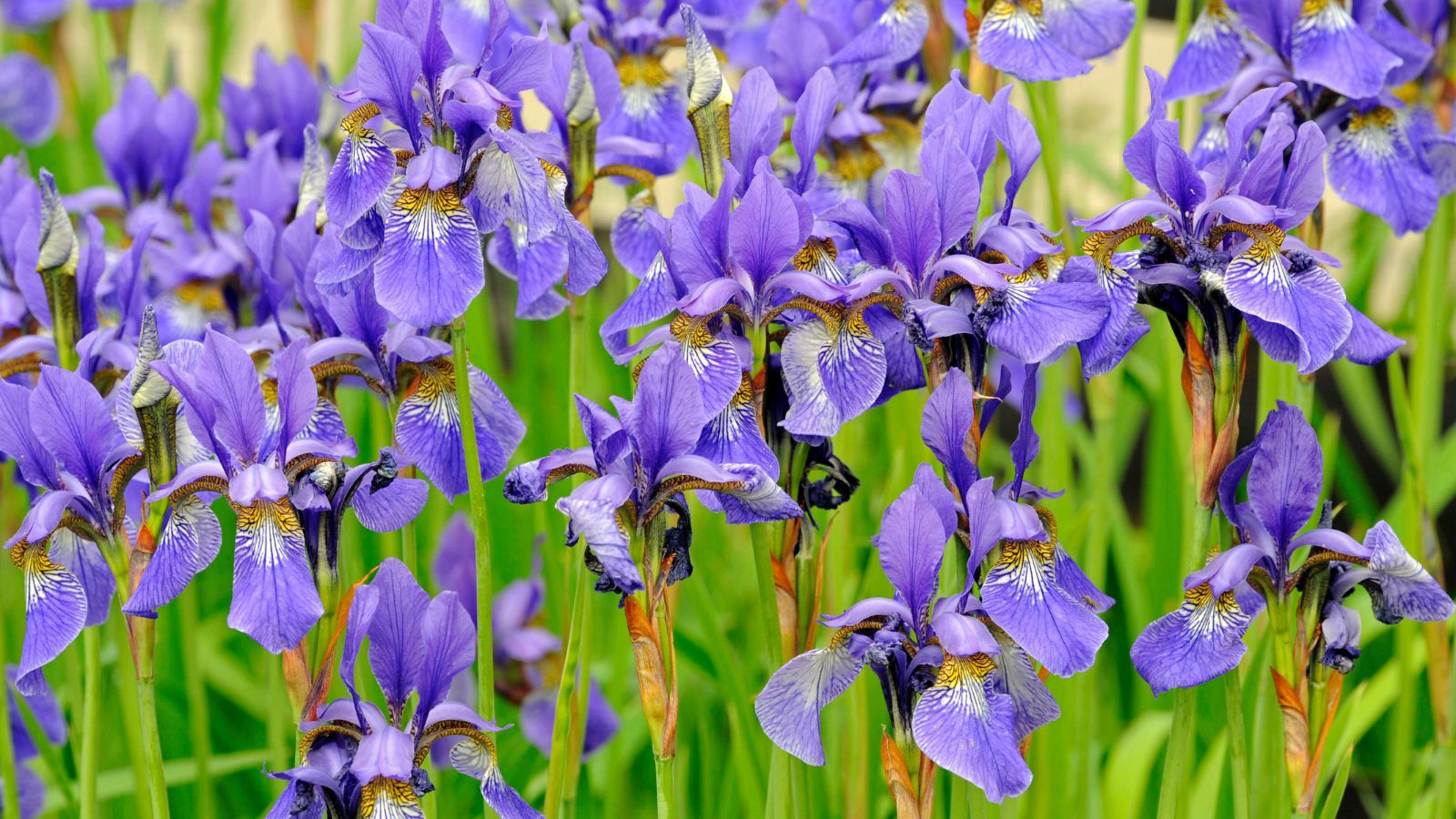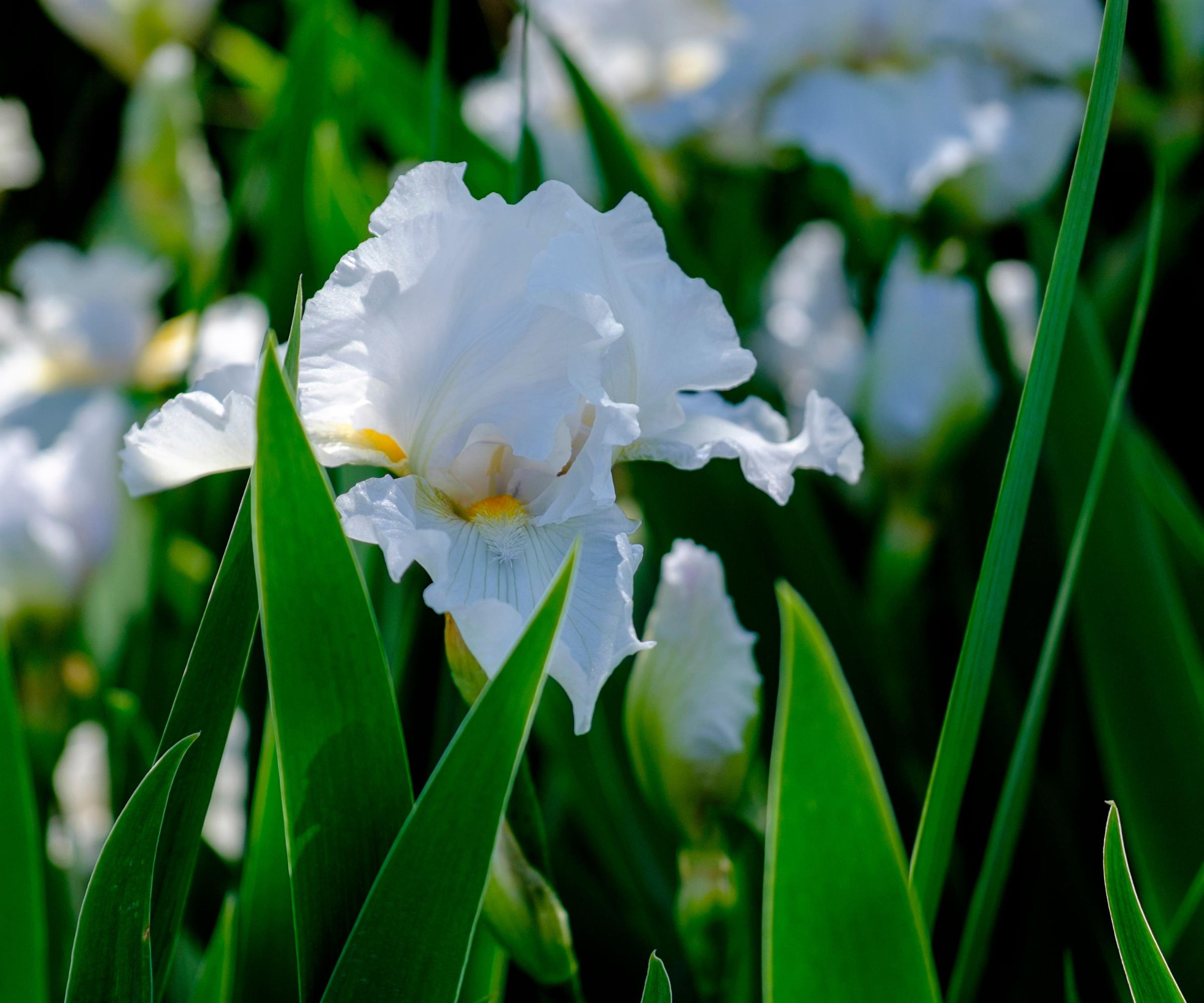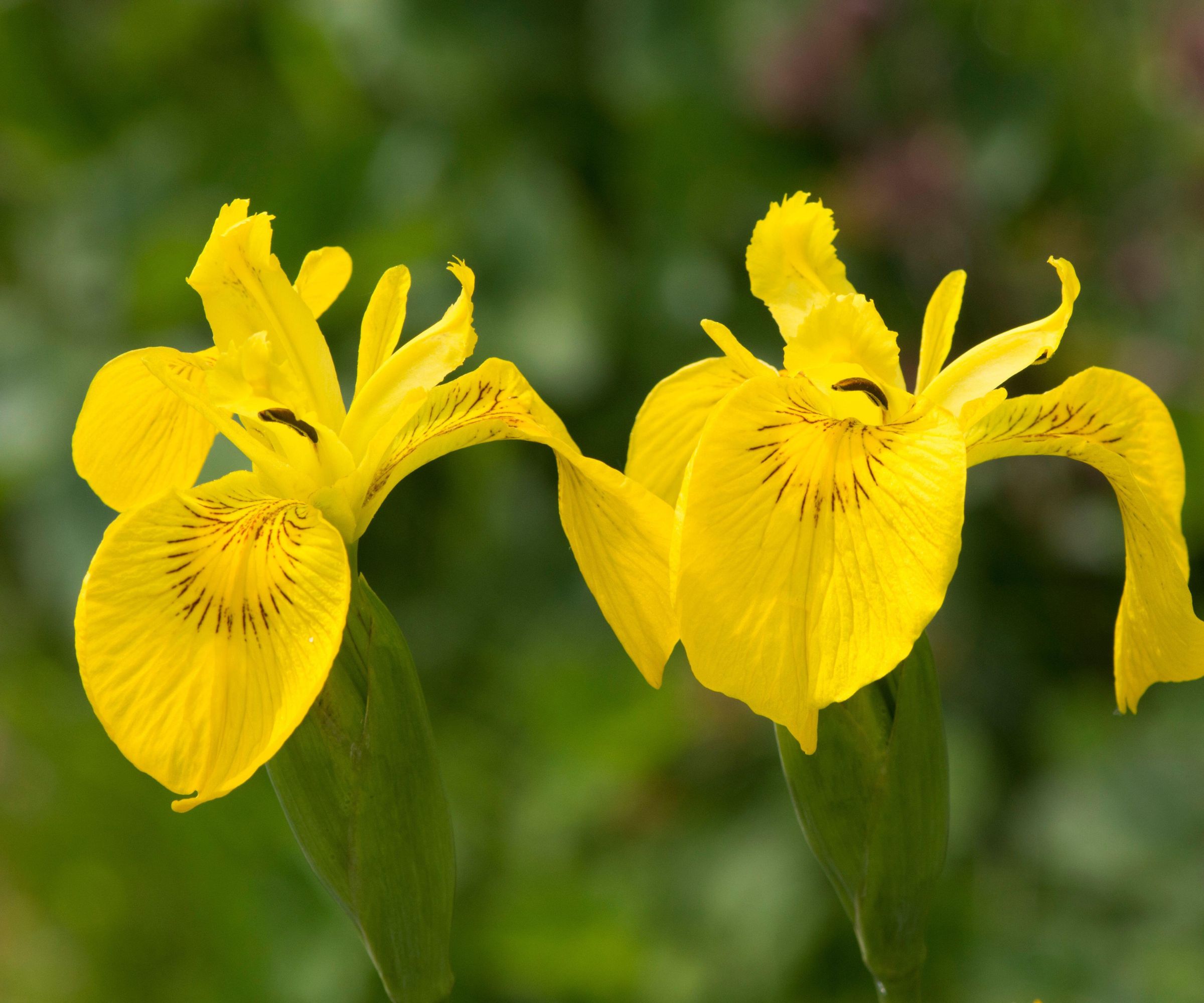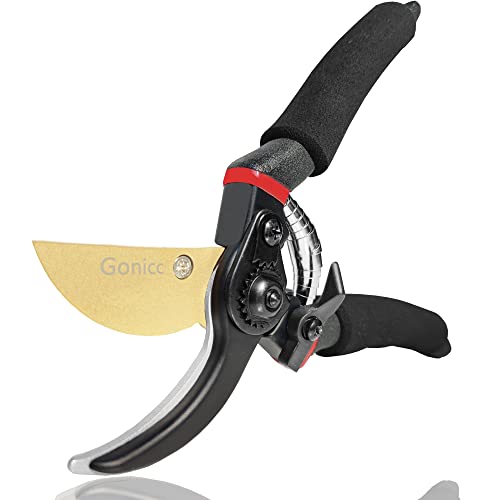When do you cut back irises? Expert advice for why, when, and how to trim for the best blooms
Discover when you should cut back irises – and why it is so important for your garden


Drew Swainston
With over 250 species of iris around the world, these tall, colorful plants are desirable pops of color in many gardens. Luckily, despite their numerous varieties, many share the same appearance and gardening needs. As the cooler months approach, learn when to cut back irises to protect their beautiful blooms the following year.
Irises make wonderful additions to any garden ideas, and their delicate blooms and soft colors stand out beautifully in cottage garden ideas.
Once you have taken the time to learn how to grow irises, cutting back irises should be done annually to ensure your plants remain healthy through the winter in preparation for the following spring.

When should you cut back iris?
We take a close look at why cutting back irises is crucial for the health of your plants and get expert tips on when to cut them back.
Why should you cut back irises?

There are several key reasons why you cut back irises. As with many other plants, trimming the plant back can protect the roots and allow the plant to build up energy for future flowering displays. However, when it comes to irises, the main reason to trim is to prevent diseases that can come from overwintering.
Irises, particularly bearded irises, are prone to diseases such as blight, leaf spot, and soft rot. Fungal and bacterial diseases can quickly kill the plants and wet foliage left overwinter can be a catalyst for them. Cutting back any infected parts as soon as possible can help maintain the rest of the plant. Pruning at the end of each season can also help to prevent diseases from setting in over damp winters.
As well as diseases, the iris borer can also overwinter in foliage that is not cut back at the end of the season. This troublesome iris pest can munch through rhizomes after hatching in spring.
Design expertise in your inbox – from inspiring decorating ideas and beautiful celebrity homes to practical gardening advice and shopping round-ups.
When do you cut back irises?

Irises are not plants to deadhead through summer. While deadheading is common among many backyard plants to encourage a long display of blooms, deadheading irises should be avoided as most varieties only bloom once. Once the display fades, it is time to cut back the irises and remove the flower stalk at the base where it meets the rhizome.
'Irises typically die away as the temperatures get cooler, so it is a good idea to start pruning and cutting back your iris plants in fall,' explains Drew Swainston, former professional gardener and content editor at Homes & Gardens.
'You should begin cutting irises back after flowering and when the blooms have all begun to fade. The remainder of the plant's foliage should be left until the first signs of frost, however.'
Once the foliage has been killed by frost, completely cut the plant back. This can help to prevent diseases from overwintering on the leaves
'Allowing the leaves to die back naturally in fall before winter frosts allows the plant to gather and restore its energy in preparation for the following spring,' adds Drew.
'Cut away any remaining leaves and stems to just above the soil line in fall. Cutting the leaves and stems back before this may risk weaker or non-flowering plants the next year.'
It is worth noting that if you intend to split irises, it should be done after the plants have flowered, but before cutting back for winter.

Drew qualified as a journalist and wrote for many websites and publications before studying for a horticulture qualification. He worked as a professional gardener for several years, specializing in kitchen gardening. He's now bringing his expertise and passion to Homes & Gardens as a member of our team.
How to cut back irises

To cut back irises, start by removing the dead flower heads once they have faded and begun to shrivel. This can be done as soon as they start to die off and it is recommended to wear gardening gloves when trimming irises due to potentially sharp leaves.
'When cutting back the iris plant, use sharp, clean pruning shears and trim the stem so that only a few inches remain out of the soil,' recommends Drew. 'Try to make crisp, angled cuts with no tears to ensure healthy plants next year and take good care not to damage the rhizome.’
In the middle of fall, the foliage can be cut back by half. This unconventional trimming method allows the leaves to continue to photosynthesis without water accumulating and increasing the risk of disease.
Cut each clump of leaves 2-3 inches above the rhizome at a downward angle - this foliage can then be completely cut back once the frosts arrive and the leaves die back. Make sure to dispose of any leaves in your compost, removing any diseased leaves to your regular waste bin if needed.
Shop tools to cut back irises
FAQs
Can you cut back iris leaves after they bloom?
While you can cut back iris leaves and stems after they have bloomed, it is recommended to leave the foliage on the plant until mid-fall to allow the plant to regain its energy to survive the winter and rebloom the following year.
What do you do with iris seed pods?
Iris seed pods can be used to grow more iris plants as long as they are stored correctly after harvesting. Learning how to collect and store seeds from your garden plants is an excellent way to populate your garden with your favorite bright blooms affordably.
Snip iris seed pods off of the plant in late summer, being careful to not lose any of the seeds as you do so. Store the pods in a cool, dark place until you are ready to use them. If you do not want to replant your iris seeds, these pods can be disposed of in your compost or waste bins.
Cutting back irises helps promote strong flowering each year. Another important task to get the best blooming display is to fertilize irises annually. Established plants will benefit from being fed twice a year, before flowering and after blooming. Feeding in fall post-flowering should be timed before you cut back the irises completely in early winter after the frosts arrive.

Chiana has been at Homes & Gardens for two years and is our resident 'queen' of non-toxic living. She spends most of her time producing content for the Solved section of the website, helping readers get the most out of their homes through clever decluttering, cleaning, and tidying tips. She was named one of Fixr's top home improvement journalists in 2024.
- Drew SwainstonContent Editor


